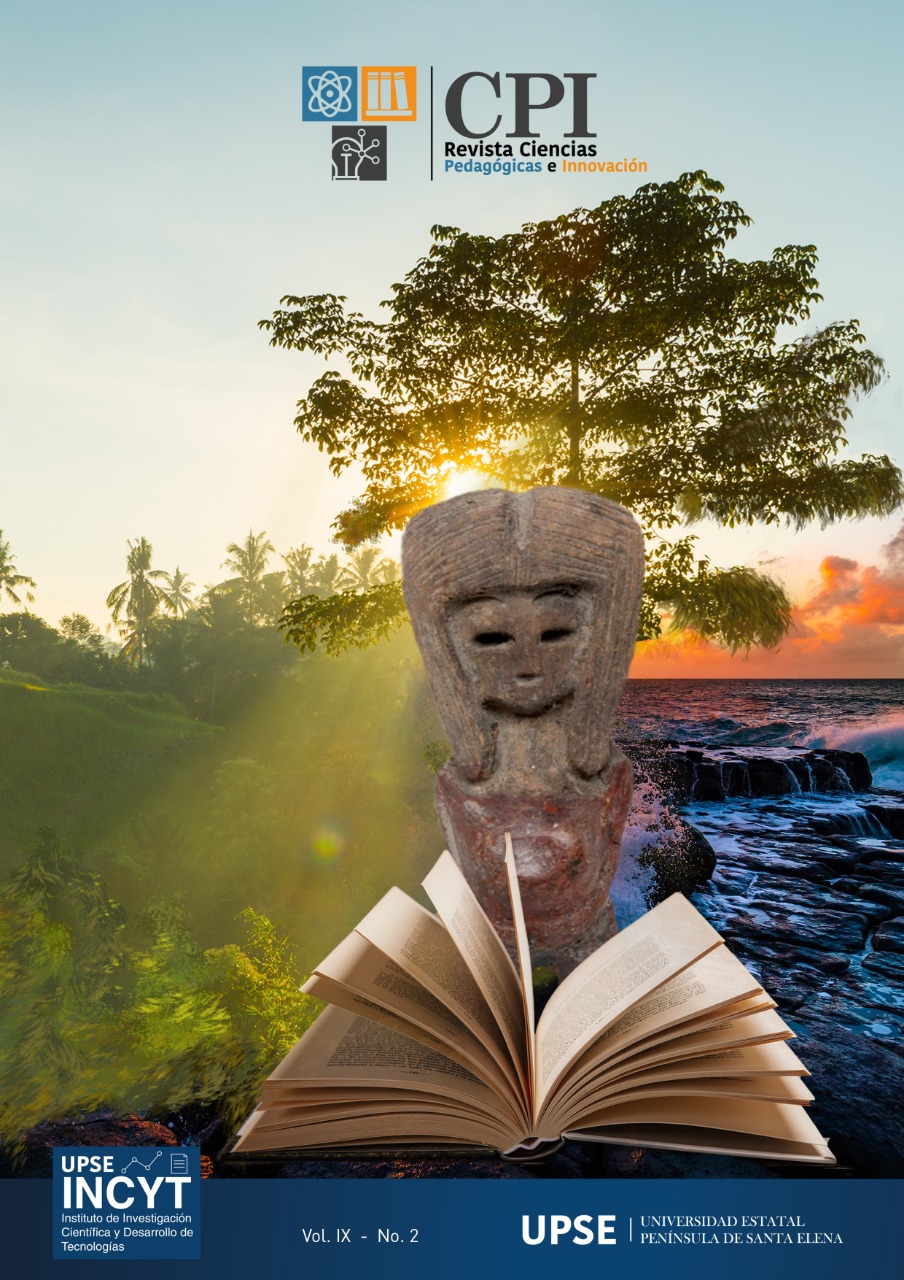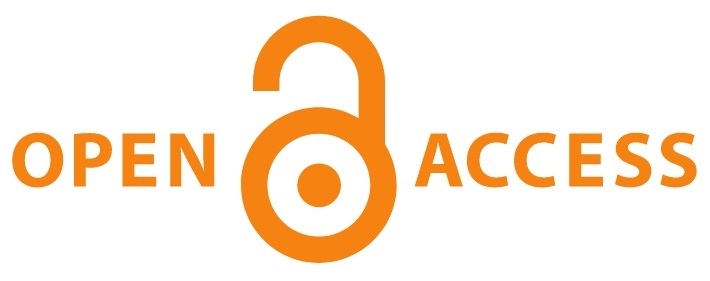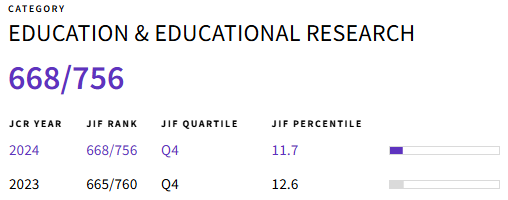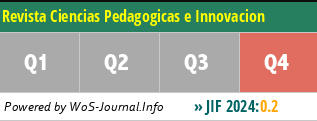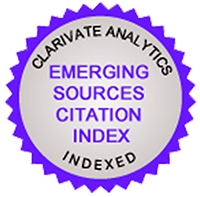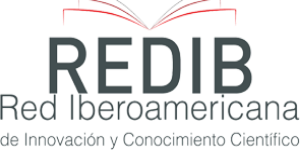Oral expressions, a tool to develop cultural tourism in the Chanduy parish, Santa Elena province
DOI:
https://doi.org/10.26423/rcpi.v9i2.438Keywords:
oral expressions, myths, customs, traditions, legends, intangible cultural tourismAbstract
Tourism in general, orally, is the communication expressed by tourists to demand attention from the people in the place they visit, and in this way satisfy needs, usually with a totally different language than their own. The research focused on the analysis of the use of oral expressions for the promotion of cultural tourism in the town of Chanduy belonging to the province of Santa Elena, considering that tourist awareness is the mutual cultural knowledge between tourists and the local population, linked to the space-time of interaction of both actors, determined the forms of use of oral expressions for the development of cultural tourism. The research is exploratory and evaluates qualities of the cultural expressions of the community under study and quantitatively data were obtained on the variables and dimensions of analysis, both perspectives made possible relevant information for the formulation of conclusions regarding the existence of a large collection of oral expressions that are not being used in the reproduction of knowledge in the communities, much less for tourism purposes. It is important that during these tourist visits, doubts related to "where one comes from and where one goes" are cleared, the discovery of the roots and the empowerment of these mark how significant it is for the people to revalue the efforts of the ancestors and enjoy the benefits of the evolution achieved, keeping alive the spirit of past generations.
Downloads
References
Raffino ME. Concepto.de. [Online].; 2020. Available from: https://concepto.de/mito/.
Naujoel. DerechoUNED. [Online].; 2019. Available from: https://derechouned.com/libro/persona/278-la-costumbre-y-los-usos.
Deborah. DEFINICION.COM. [Online].; 2015. Available from: https://www.definicion.co/costumbre/.
Significados. Significados.com. [Online].; 2019. Available from: https://www.significados.com/tradicion/.
Raffino ME. Concepto.de. [Online].; 2020. Available from: https://concepto.de/leyenda/.
M. Ruiz Palacios y L. Pozo Trigoso. Conciencia Turística De Los Pobladores En El Distrito Del Rímac - Perú. Estudios y Perspectivas en Turismo - 30° Aniversario. 2020;: p. 312 - 330.
Mallor E. El turismo Cultural. 2013..
Toselli C. Algunas reflexiones sobre el turismo cultural. PASOS. Revista de Turismo y Patrimonio Cultural. 2006;: p. 175 - 182.
Toselli C. Algunas reflexiones sobre el turismo cultural. PASOS. Revista de Turismo y Patrimonio Cultural. 2006;: p. 175 - 182.
Toselli C. Algunas reflexiones sobre el turismo cultural. PASOS. Revista de Turismo y Patrimonio Cultural. 2006;: p. 175-182.
Domínguez Quintero AM. Desarrollo de un modelo estructural para la medición de la satisfacción en el turismo cultural. 2015 septiembre.
Domínguez Quintero AM. Desarrollo de un modelo estructural para la medición de la satisfacción en el turismo cultural. 2015 septiembre.
Toselli C. Algunas reflexiones sobre el turismo cultural. PASOS. Revista de Turismo y Patrimonio Cultural. 2006;: p. 175-182.
Organización Mundial del Turismo. El Turismo y los Objetivos de Desarrollo Soatenible. 2018..
Organización Mundial del Turismo. Compilación de recomendaciones de la OMT 1975 - 2015. 2016 marzo.
Alfonso JMP. Patrimonio cultural como opción turística. 2003.
TVculturaypatrimonio Ecuador. Qué es el patrimonio cultural?. Quito; 2018.
Perú MdCd. ¿Qué es Patrimonio Cultural?.; 2020.
Raffino ME. Patrimonio Cultural. [Online].; 2020. Available from: https://concepto.de/patrimonio-cultural/.
Arizpe. Las expresiones orales. 2006.
Arizpe L. Los debates internacionales en torno al patrimonio cultural inmaterial. 2006.
Downloads
Published
Issue
Section
License
El titular de los derechos de autor de la obra, otorga derechos de uso a los lectores mediante la licencia Creative Commons Atribución-NoComercial-CompartirIgual 4.0 Internacional. Esto permite el acceso gratuito inmediato a la obra y permite a cualquier usuario leer, descargar, copiar, distribuir, imprimir, buscar o vincular a los textos completos de los artículos, rastrearlos para su indexación, pasarlos como datos al software o usarlos para cualquier otro propósito legal.
Cuando la obra es aprobada y aceptada para su publicación, los autores conservan los derechos de autor sin restricciones, cediendo únicamente los derechos de reproducción, distribución para su explotación en formato de papel, así como en cualquier otro soporte magnético, óptico y digital.

